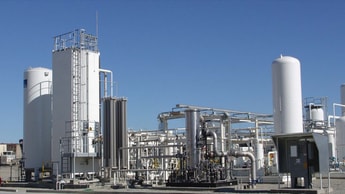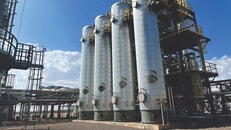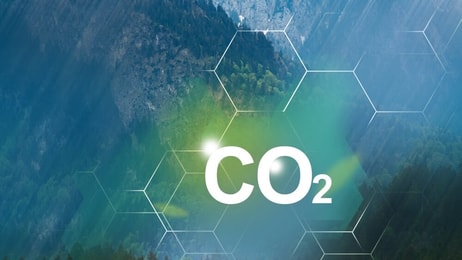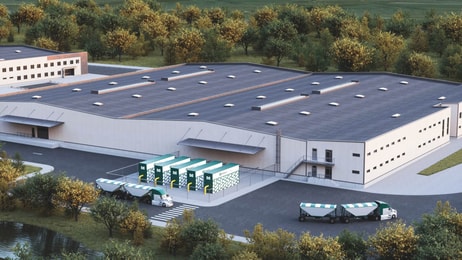Trash to Treasure – Using Landfill Gas for Biofuel
Municipal solid waste landfills (MSWs) are the second largest source of human-generated methane emissions in the US, accounting for approximately 23 percent of these emissions in 2007. Methane is a greenhouse gas (GHG) that, when released into the atmosphere, contributes to smog, causing health and safety concerns. It is also linked to global warming.
It is 21 times more potent by weight than CO2, and scientists believe it is more abundant in the atmosphere now than at any time in the past. In recent years, technology has enabled us to harness these emissions and turn them into a source of renewable clean energy. This technology is beginning to change our negative views toward landfills. The 2,300 currently operating and recently closed landfills in the US all generate methane, and we are now realizing that by creating renewable clean fuels from toxic methane, we have the ability to turn mankind’s trash into a global treasure.
WHAT IS LANDFILL GAS?
Landfill gas (LFG) is created when solid waste decomposes in a landfill. This gas consists of about 50 percent methane (CH4), the primary component of natural gas, about 50 percent carbon dioxide (CO2), and a small amount of non-methane organic compounds. One cubic meter of pure methane contains almost ten kilowatt hours of energy, providing a large incentive to use this gas as a renewable fuel.
... to continue reading you must be subscribed























